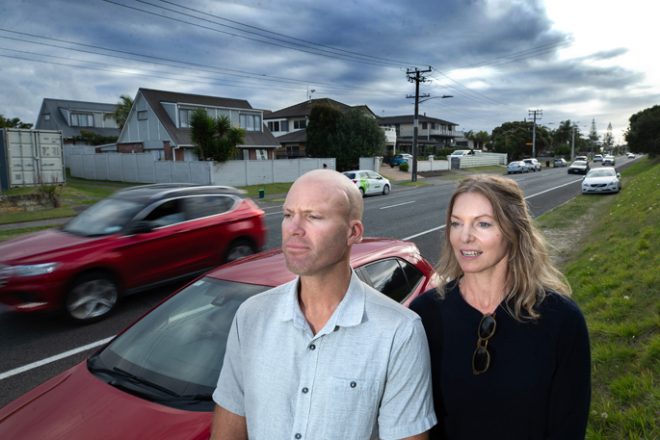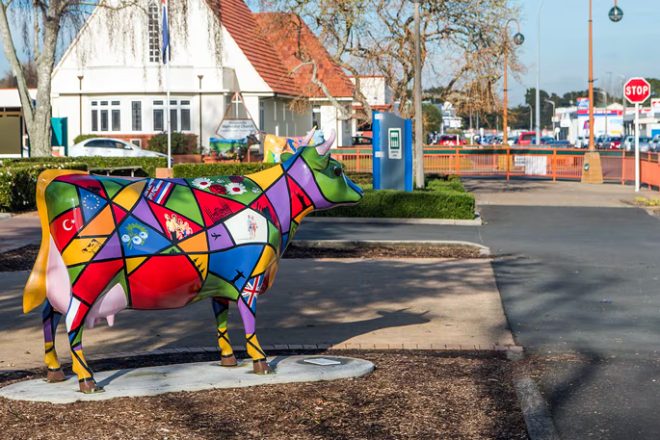A leading epidemiologist says managed isolation and quarantine (MIQ) is serving its purpose.
The system has come under increasing criticism recently as people struggle to return to New Zealand through the MIQ lottery or on emergency grounds.
Professor Michael Baker said while MIQ had done its job, it had come with some tough trade-offs.
New Zealand journalist Charlotte Bellis this week revealed she was one of those who had been unable to secure an emergency MIQ space.
Bellis, who previously worked for Al Jazeera in Qatar, is pregnant and unable to stay in Doha, because it is illegal for unmarried women there to be pregnant.
After failing to gain an MIQ spot, she was granted permission by senior Taliban officials in Afghanistan, where she has previously reported from, to instead go there.
Baker said while he did not have any involvement or expertise in the emergency MIQ system, Bellis’ case would seem to justify her being a high priority.
“I think this is the really hard aspect of managing our borders tightly and limiting the numbers of people coming into New Zealand to a few thousand a week.”
Bellis said other countries were now offering their support but she felt let down by the system.
“I think they [MIQ] have such a narrowly-defined set of categories that there’s really no pathway if you’re pregnant because you’d have to have a time-critical, scheduled treatment,” she told RNZ.
Baker said border restrictions had put a huge personal strain on many New Zealanders but they had also been a key part of the country’s Covid-19 strategy and had helped to keep the mortality rate low.




















































-helped-regain-her-strength-and-balance-using-Nymbl-after-a-fall.-660x440.jpg)




